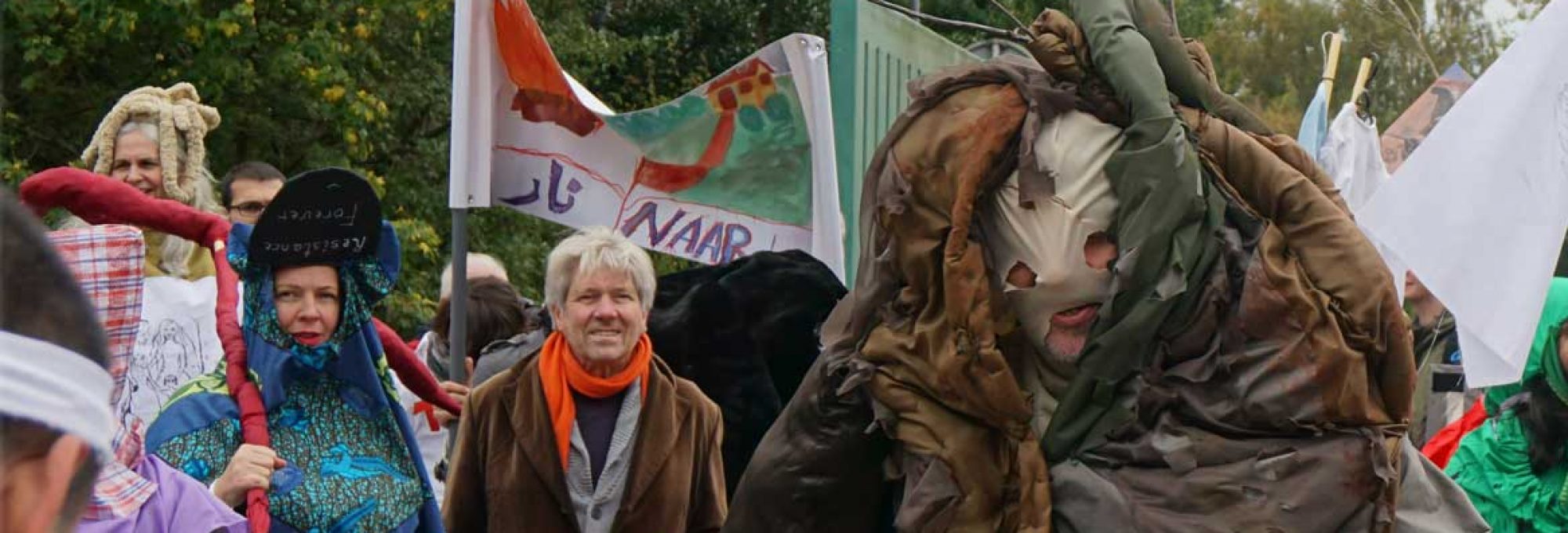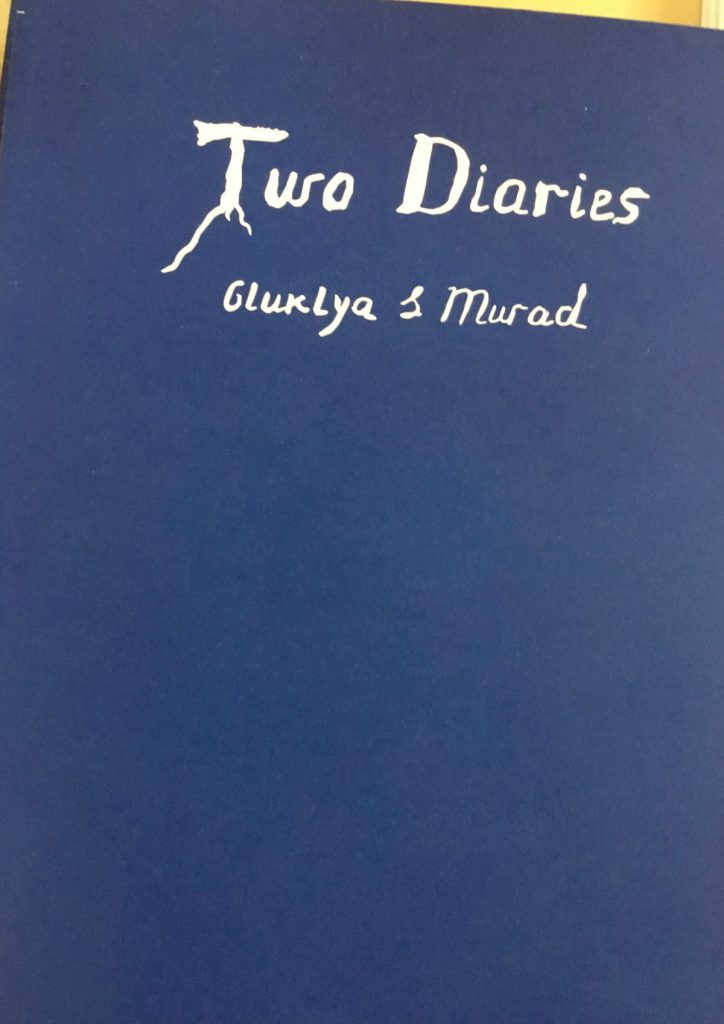Performative encounter with PACT + Students
Spontaneous drawing session is dedicated to Well Being.
Wellbeing is an abstract notion and because of the nature of its abstract universality it is open for our interpretations. I propose to think about the wellbeing through the lenses of imagination and unpredictability. Unpredictability can be resolved through the spontaneousness, which in turn can be understood as a result of the freedom to do the action which is coinciding with our entire feeling of truth, which in other turn can be understood as a creation of the entire free space which might lead to the act of the creativity.
The other notion I propose to explore during our encounter is the movement. We are all migrants and defending the idea of the rights of migration we are interested in moving matters. A combination of moving and drawing might bring us to the de-conventionalization of the idea of a drawing as just sitting in one place and focusing on the particularity.
When we are lost the time is our friend.
Practical realization :
The group of 4 students, 2 observers ( Misty and Renee ), several parents ( some of them might be with kids ) and artist Gluklya are gathering in the circle . Gluklya invite everybody to share a thought about well-being. What it might mean for each of us. Gluklya also explain the rule of this session: everybody has to speak not more than 3 min. We will do one or two rounds of speaking like this. One of the Observers is controlling the time and after every 3 min is saying: Clock!
After that, when all the ideas about the well-being is collected, the wests with the drawing tools will be introduced to people and everybody is welcomed to dress them on.
Gluklya will explain the rules: Everybody are invited to move freely in the room, trying to mark the surface of paper by the attached drawing tool.
We might do two sessions: one with closed eyes and other with open eyes
Students are invited to listen carefully one by one each of the parents and write down or record the impressions of different outcome: with open eyes and close eyes.
After the session Gluklya and students and all participants are connecting stains made by unpredictable drawing session together by the red color.
Session finished.
The graphic outcomes might be used by Pact in their future campaigns.

